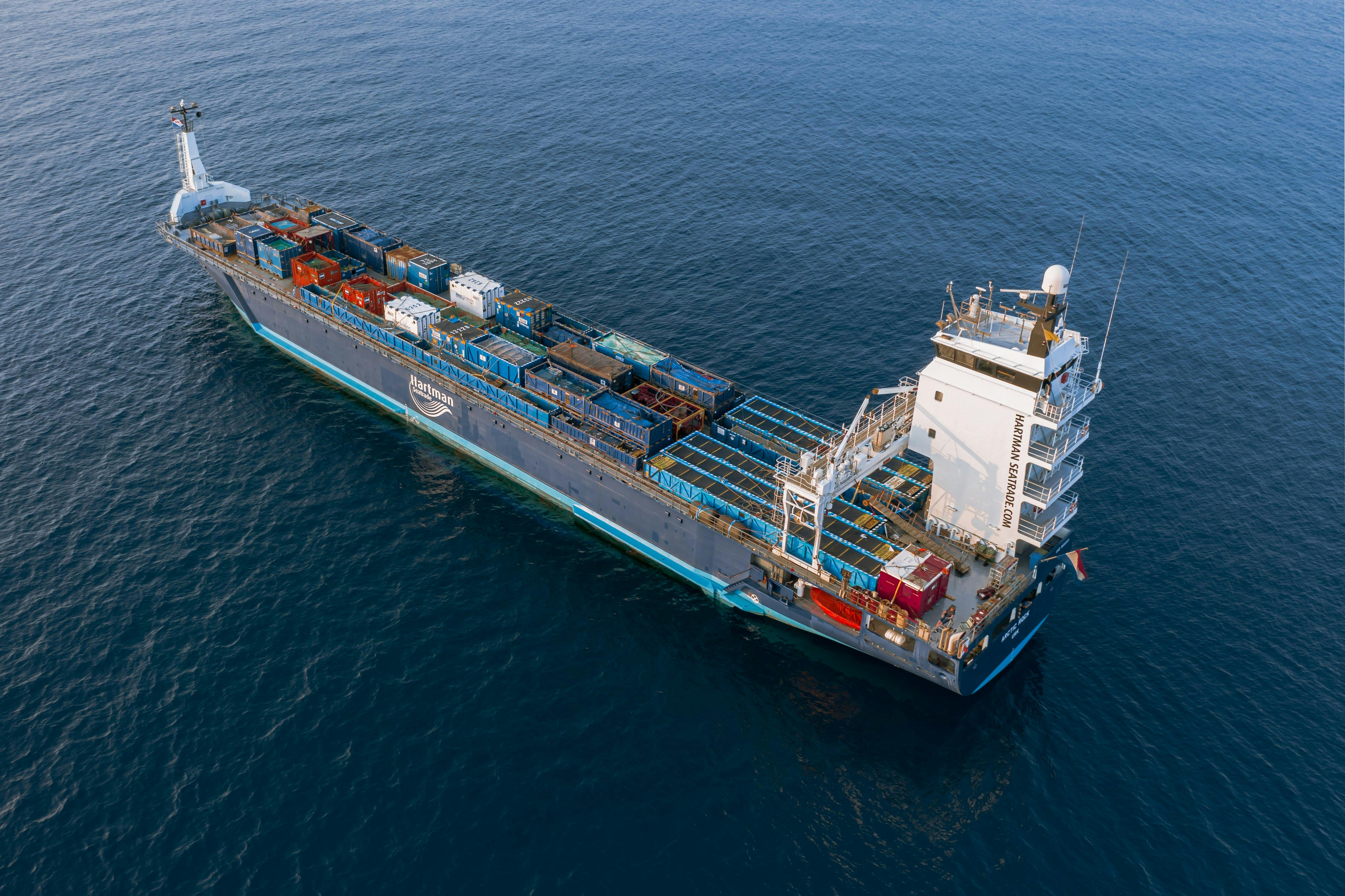- Hogar /
- Sobre /
- Mercados/
- Soluciones digitales/
- Perspectivas /
- Carreras /
The Future of Autonomous Shipping: Navigating Waters with Unmanned Vessels

In recent years, the maritime industry has witnessed a technological revolution that promises to reshape the way goods are transported across the world's oceans. Autonomous shipping, once a concept of science fiction, is now becoming a reality. In this blog post, we'll explore the exciting world of autonomous shipping and the future it holds for maritime transportation.
The Rise of Autonomous Shipping
Autonomous shipping, also known as "unmanned" or "self-driving" ships, is the next frontier in maritime innovation. These vessels are equipped with advanced technology, including sensors, artificial intelligence, and remote control systems, allowing them to navigate and operate without onboard human crews.
1. Increased Safety
One of the primary drivers of autonomous shipping is safety. Unmanned vessels can operate in hazardous conditions without risking human lives. They can respond to emergencies swiftly and with precision, reducing the likelihood of accidents.
2. Enhanced Efficiency
Autonomous ships are designed to operate efficiently, optimizing routes and fuel consumption. These vessels can continuously analyze data to make real-time decisions that maximize performance and minimize operational costs.
3. Lower Environmental Impact
Efficiency in navigation and optimized routes not only reduce operational costs but also lead to a lower environmental impact. Autonomous ships contribute to a reduction in greenhouse gas emissions, making maritime transportation more eco-friendly.
4. Remote Monitoring and Control
Unmanned vessels can be remotely monitored and controlled from onshore command centers. This allows for constant oversight, immediate response to changing conditions, and a higher level of operational flexibility.
5. Regulatory Challenges
The adoption of autonomous shipping is not without challenges. Regulatory bodies and international maritime laws are still adapting to this emerging technology. Ensuring the safe integration of autonomous vessels into global shipping networks is a complex process.
6. Future Prospects
The future of autonomous shipping is bright. As technology continues to evolve, we can expect to see a gradual increase in the use of unmanned vessels for various maritime operations, from cargo transport to offshore exploration.
Conclusion
The maritime industry is at the cusp of a revolution, and autonomous shipping is at the forefront of this transformation. With enhanced safety, efficiency, and environmental benefits, unmanned vessels promise to revolutionize how goods are transported across the oceans. While there are challenges to overcome, the prospects for the future of autonomous shipping are exciting. As technology advances and regulatory frameworks evolve, we can look forward to a world where self-driving ships navigate our oceans, reshaping the maritime industry and the future of global trade.
